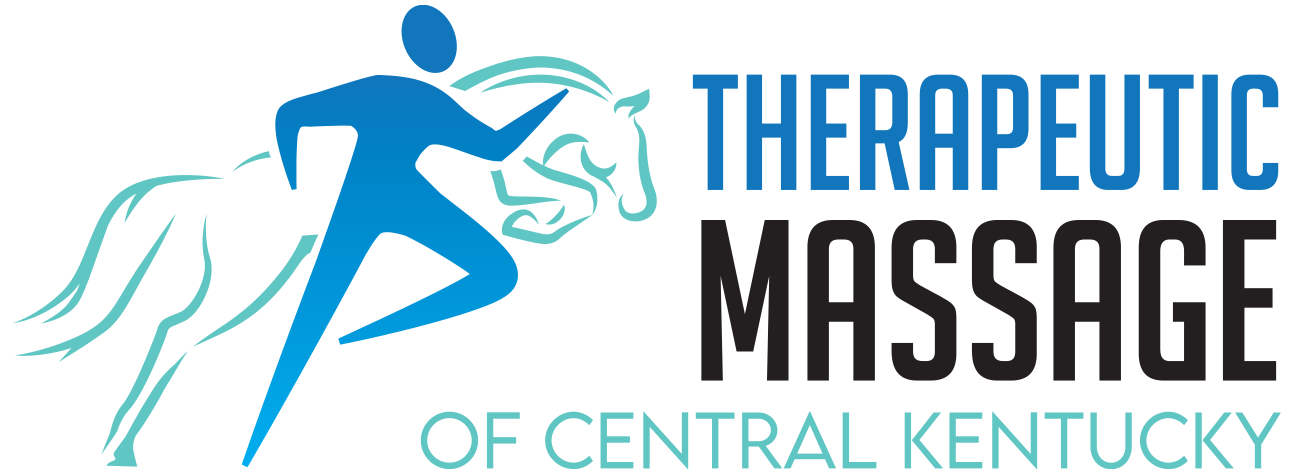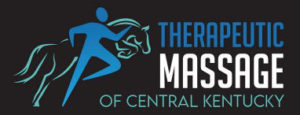Myofascial Release
What Is Myofascial Release Therapy?
Myofascial Release Approach is much more than just a group of technics. Instead, it creates a whole-body awareness that facilitates change, growth, and the possibility for total resolution of the restrictions, emotions, and belief systems that impede healing progress.
The issues are in the connective tissue, the fascia!
The John F. Barnes Myofascial Release Approach® consists of the gentle application of sustained pressure into the physical barrier presented by the body’s connective tissue. This connective tissue (fascia) has restrictions, and these restrictions are often the source of pain. And the restricted area can exert close to 2000 pounds of pressure per square inch on pain-sensitive areas of the body. This pressure can produce pain, headaches, fibromyalgia, and restriction of motion and flexibility.
During a myofascial release therapy session, the therapist will spend a minimum of 5 minutes at an area of fascial restriction. This essential time element is needed to allow the fascia to become more liquid (viscous flow) and for a piezoelectric phenomenon to occur. This gentle, sustained pressure is applied slowly, allowing the fascia (viscoelastic medium) to elongate and release. Once released, the tissue will return to a more elongated, viscous, elastic state. This state allows for increased flexibility, mobility, and deep pain relief.
During the myofascial release therapy session, the client will often report a feeling of good pain or stretch as the fascial system is released. Releasing pressure of the fascial system around muscles, nerves, blood and lymph vessels, and the body’s bony structures increase mobility and flexibility, thereby relieving pain and effectively enhancing manipulation, mobilization technics, muscle energy technics, exercise and flexibility programs.
What is Fascia?
Fascia is the tough connective tissue, a three-dimensional, uninterrupted web throughout the body. Trauma, inflammation, and poor posture create a binding down of the fascia resulting in excessive pressure on the nerves, blood vessels, bones, and organs. MRI, CAT scans, electromyography, and other modalities do not show the fascial restrictions. However, people come to a therapy session in a lot of pain, unable to resolve it through conventional methods. The fascial restrictions go undiagnosed.
Three Pillars of Myofascial Release Therapy
Structural Fascial Release
Myofascial Unwinding
Rebounding
The Myofascial Release Approach has three major components: Myofascial Release, Myofascial Unwinding, and Myofascial Rebounding.
The First Pilar
The first pillar is the actual structural fascial release of the tissues. The structural release uses the gentle, sustained pressure applied over time, creating a feeling of good pain or a good stretch felt over the area of direct pressure and the other body regions.
The second pillar
The second pillar is the intricate facilitation technic called Myofascial Unwinding. When the therapist applies gentle, sustained pressure into the fascial system through compression, traction, twisting, or moving a body part (taking gravity out of the system), creating, an energetic flow of the body’s bioenergetic system. This flow caused the mind/body complex to move spontaneously.
This therapeutic motion allows the body to assume positions in space that represents body positions from past trauma. These positions or trauma represent subconscious fear, negative memories, and pain that have created holding patterns in the fascial system. These bracing or holding positions, unreleased, impede the progress of traditional therapeutic approaches. The painful memories of the past trauma are re-experienced effectively taking the threat out of the system allowing the mind-body complex to let go of these holding or bracing patterns allowing for complete healing.
In this way, healing releases fascial restrictions that alter habitual muscular responses and allow for positional, reversible memories to surface around the trauma. Old emotions and belief systems often arise during unwinding and letting go of these old systems allows for complete healing.
The third pillar
The third pillar of the Myofascial Release Approach is rebounding. Myofascial Rebounding utilizes fluid/energy dynamics to enhance Myofascial Release greatly. Effectiveness in reducing pain, increasing function, and body awareness.
Myofascial release and myofascial rebounding structurally and energetically open and rehydrate the fascial system for the coherent flow of the frequency, vibration, information, and organization necessary for health and quality of life. Myofascial rebounding is a gentle, oscillating motion introduced into the client’s mind-body complex utilizing the body’s fluid as a therapeutic force.
Rebounding enhances the frequency and rhythmic vibration, transforming the fluid system’s energy into resonance. Resonance is the basis of the release that occurs from all forms of myofascial release. Our internal “liquid light” resonance acts like a tsunami (tidal wave), washing away restrictions to decrease pain and increase motion.
Myofascial rebounding is also a reliable assessment tool for the therapist. Over time, you will feel where the body is soft and fluid and stiff and immobile. Myofascial rebounding is then used directly or indirectly on the restricted area. If this does not rehydrate and release the area, then body language has shown you exactly where to apply the structural myofascial release.


